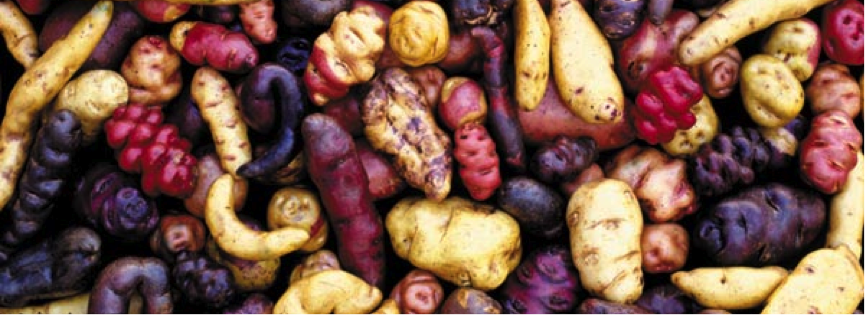Bettering school nutrition has obvious benefits that no one can deny; however, if someone were to play devil's advocate, they might just ask whether diversifying the food and local sourcing for school meals really does that much good.

I can answer that in a couple of ways: one, feeding children a diverse diet teaches them in a way that whiteboards and lectures never could, and two, that enhancing local markets does a better job of improving dietary diversity than having a lot of species grown on any one farm.
Shibhatu & Qaim (2018) and Jones (2017) both came to similar conclusions. Jones conducted a review of 21 studies and found that in 19 of them there was only a slight positive association between on-farm diversity and dietary diversity. Shibhatu & Qaim examined dietary diversity and on-farm species diversity of 1,482 households in Indonesia, Kenya, and Uganda and found that market access was a better determinant of dietary diversity than diversity on the farm.
This is because what is grown on the farm isn't necessarily what is eaten, which makes sense, even though it's not the first conclusion we might jump to. But when you think about it, you can think up any number of plausible scenarios where this happens: think of cocoa farmers in west Africa who have never had chocolate. They grow chocolate not for their own consumption but to make money for their families, and the amount of money they make depends on their access to markets.
The challenge for agrobiodiverse ecosystems is that having an incredibly diverse farm can be economically disadvantageous, as it can foster subsistence livelihoods, lower income, and lower diet quality, running against one of the main goals of agrobiodiversity: food security (Shibhatu & Qaim 2018). The key, then, is to support diverse farms by giving them a market for their production that enables them to buy food that helps them eat well.
If someone's still playing devil's advocate they could say - the point of school meals is to feed children nutritious meals, not to save whole communities of vulnerable farmers, so why not just fortify food?
I'll return to my first point. If you feed children fortified foods (like the biscuits that are given to Afghan children), you're not teaching them what they will need to know later in life when they no longer are participating in a school meal program. If you show a child that the school approves white rice, cookies, and sugary drinks, they aren't learning habits that will benefit them for their rest of their lives, and you can't guarantee that they will buy fortified foods in the future. (For that matter, one of the things I learned when I was in Capilla was that the children don't like the texture of fortified rice.)
On top of this, if you buy local food for school meals - if it has the full and proud support of the school and the planners of the program - you are also sending a powerful message to the children that the food produced by the community has real value, and that there could be possibilities for them if they stay in that community.

